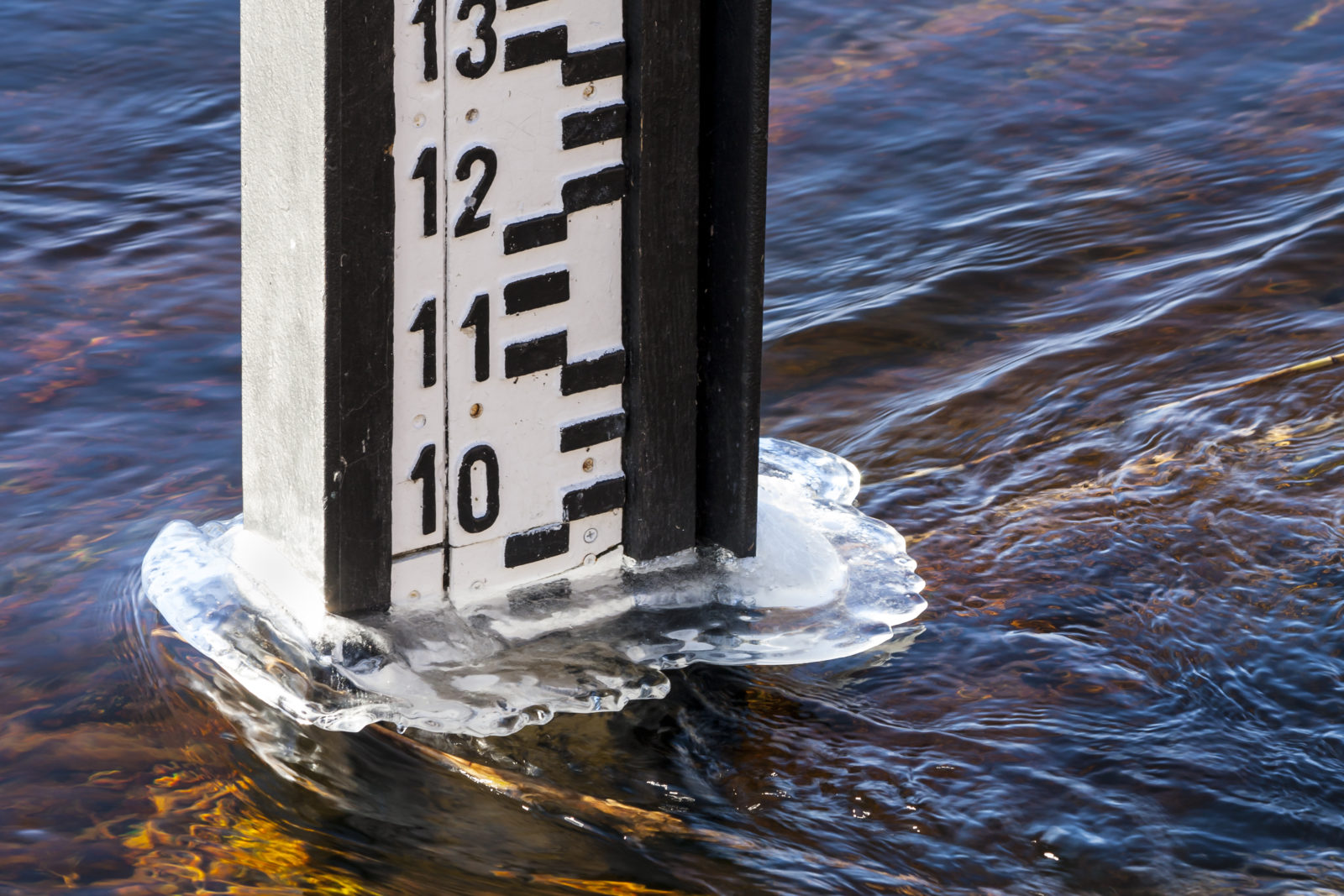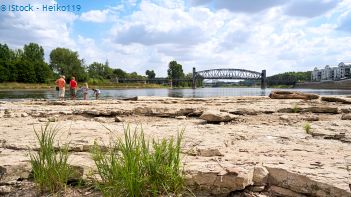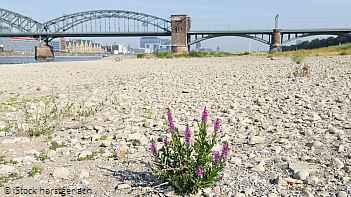Climate change
Vulnerability to climate change
Extreme floods and dry periods are nothing new in the history of climatology. What is new is the impact of human made global warming playing out on top of these dynamic climate patterns. Inland waterway transport is vulnerable to climate change because river navigation depends on precipitation for its operations and extreme events become more frequent, while progressive change manifests itself as well in the form of changes in water discharge and invasive species. The increasing vessel size, the trend towards just-in-time logistics and the resulting reduction of buffers in the supply chain have resulted in ever lower tolerance levels for climate change-induced interruptions. Adaptation to climate requires a sound knowledge base and action at the level of the fleet, logistics and infrastructure.
Closing the uncertainty gap
Further research is priority number one to translate the IPCC findings into detailed scenarios. This should be carried out for all river basins with navigable waterways to map out the impacts comprehensively and lay the basis for well informed decision making.
Water is a shared resource calling for a multi-disciplinary approach. For instance, events of water scarcity require a smart and cooperative water allocation approach, instead of a competitive one, so all water uses can continue to thrive by using water in an efficient way and negative cascading effects are avoided. It is the experience of waterway authorities that a multi-sectoral methodology including waterway transport also guarantees the creation of co-benefits.
The capacity to adapt
Infrastructure is designed to last for about 50–70 years, while climate responsiveness requires a flexible and cross-disciplinary approach. Building on advancing insights and permanent monitoring, a toolbox of no-regret and adaptive measures is created and expanding. INE advises against blueprints and silo thinking. No river or even river stretch is the same.
Inland waterway transport has the capacity to adapt to changing weather situations as it has shown in the past. Waterway authorities are Working with Nature, develop nature based solutions or green infrastructure where possible and grey infrastructure when necessary.
Inland Navigation Europe is also a supporter of the Navigating a Changing Climate Partnership, and as such is committed to:
- Reducing greenhouse gas emissions and moving to low carbon navigation infrastructure;
- Strengthening resilience and adapting to the effects of the changing climate;
- Promoting integrated solutions and sustainable solutions;
- Disseminating information about climate change issues relevant to navigation infrastructure.
Priorities for INE
The EU Climate Adaptation Strategy needs to be translated in effective tools that support implementation. The Connecting Europe Facility and the LIFE programme are useful instruments. However, stronger EU action is required to help increase climate preparedness and share knowledge, enhance cooperation between water users to create co-benefits, to coordinate instruments of different policies and matching funding to be successful across borders. Fortunately, this has been reflected in the Commission communication on managing climate risks of 2024 which builds on the EEA Climate Risk Assessment and needs to be translated into action :
- Step up research and development. The Horizon Europe programme and its successor programme should attach the same priority to climate adaptation of the waterway infrastructure as to climate mitigation of the waterborne fleet. More research and development is essential to develop effective nature based, including temporary, solutions for the different river basins with navigable waterways across the EU.
- Avoid silo thinking for climate funding – inland waterways, contrary to road and rail, are multi-functional.
- INE advocates a level playing field between rail and waterway infrastructure with regard to the scope of eligible activities in the taxonomy climate delegated act.
- The taxonomy climate delegated act excludes dredging from the scope of eligible activities for water infrastructure. Dredging activities are nevertheless necessary to implement climate change adaptation activities and nature based solutions. INE recommends establishing criteria for sustainable and responsible dredging in order to include this activity.





